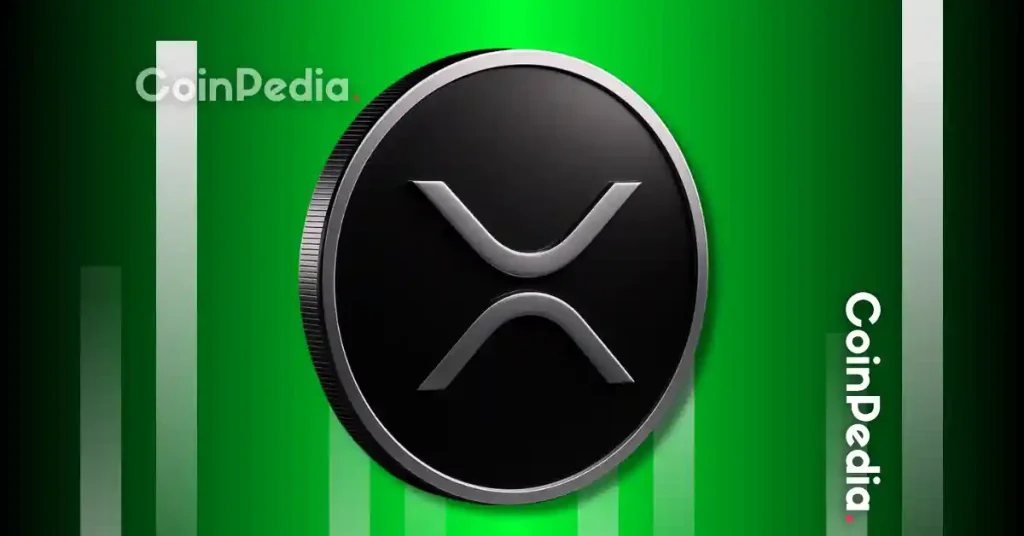Could XRP Be Managed Like Oil? The Controversial Commodity Play Shaking Crypto
Forget decentralized dreams—XRP's latest narrative pivots toward raw commodity status. Ripple's token faces mounting pressure to emulate oil's managed scarcity model.
The Commodity Question
Proponents argue treating XRP like a digital crude could stabilize volatility. Controlled release mechanisms—mirroring OPEC's production cuts—might artificially prop value during market downturns.
Infrastructure Parallels
Ripple's existing banking partnerships echo oil's distribution networks. Both rely on massive liquidity pools and institutional gatekeepers—hardly Satoshi's peer-to-peer vision.
Regulatory Tightrope
SEC battles complicate any commodity play. Legal clarity remains the linchpin—without it, XRP's oil ambitions risk becoming another footnote in crypto's history of half-baked analogies.
Finance traditionalists scoff at the comparison—after all, you can't power a car with blockchain tokens. Yet in an industry desperate for legitimacy, sometimes the shiniest narrative wins over substance.

For years, XRP has been making headlines in the crypto world: part lawsuit survivor, part payment rail, part speculative asset. But now, a new comparison is making the rounds: could XRP’s future look a lot like oil’s?
That’s the question posed by analyst Brad Kimes on Paul Barron Podcast, who says the token may one day be managed in a way similar to the way OPEC oversees crude markets. The idea isn’t as far-fetched as it sounds.
A Page From OPEC’s Playbook
Oil producers have long balanced supply and demand by opening and closing the taps. When prices run too high, governments can also lean on strategic reserves, flooding the market to cool things down. The result: a commodity that is global, essential, and tightly managed.
Kimes sees echoes of that in XRP. Ripple, which created the token, still holds a massive escrow of coins. If released gradually and strategically, he argues, those reserves could stabilize price swings, creating a digital market less prone to the wild volatility that defines much of crypto.
The Slow March Toward Currency Status
XRP already ticks two of the three boxes of money: it is a store of value and a medium of exchange. The missing third piece, a widely accepted unit of account, could come with time and regulatory clarity. He compares the process to the U.S. dollar’s slow rise to global dominance after World War II, a transition that stretched over more than a decade before the dollar became the world’s reserve currency.
Bonds, Crises, and “New Money”
The speculation doesn’t stop there. Kimes sees a future in which the U.S. Treasury issues digital bonds tied to assets like XRP and Bitcoin. Think of it as “wartime bonds” for a financial crisis, new instruments that create liquidity without burdening taxpayers.
This, he argues, could solve what central banks can’t simply print their way out of: a modern money problem. By tying bonds to digital reserves, governments could inject stability into a fragile system.
What It Could Mean for Price
If Ripple were ever to secure a national banking license and access to a Federal Reserve master account, its escrow could transform into something like a digital lender of last resort. Just as oil reserves are tapped during emergencies, XRP could be released to steady global liquidity.
It’s a heady thesis, and Kimes admits it’s speculative. But the oil analogy gives investors and policymakers a fresh lens: XRP may not just be a coin fighting for relevance. In the right framework, it could evolve into a managed global asset, its price shaped not just by markets, but by strategy.

